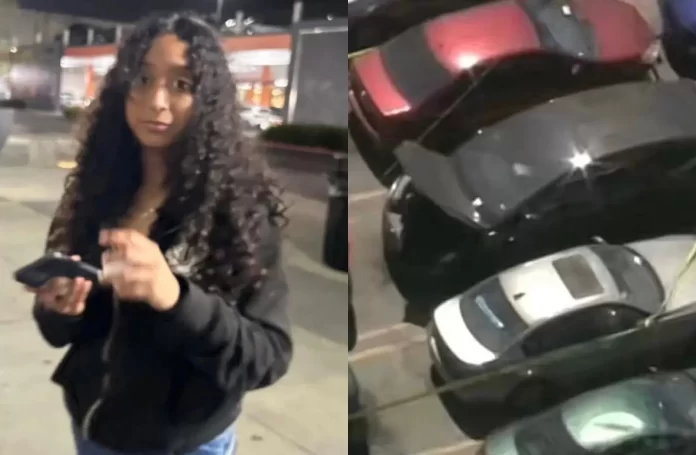The mysterious death of 14-year-old Celeste Rivas Hernandez has taken another chilling twist after internal autopsy records revealed traces of a rare compound in her organs — a substance forensic pathologists warn could have devastating effects on the human body.
According to sources close to the investigation, toxicology findings indicated abnormal chemical markers that do not correspond with any common environmental exposure or known household substance. Specialists are now working to identify the compound, which one insider described as “exceedingly rare and extremely destructive at the cellular level.”
“The compound’s effects on her internal organs were catastrophic,” said one forensic analyst familiar with the case. “It accelerated tissue breakdown in ways we have simply never encountered in a teenager before. It looks manufactured — not something you’d just find in nature.”
The discovery comes days after Hernandez’s body was found in the trunk of a Tesla vehicle, sparking headlines nationwide. Investigators had already noted strange and unprecedented decomposition patterns that defied standard forensic timelines. Now, with the confirmation of a rare chemical agent, the case has entered uncharted territory.
Law enforcement officials are weighing multiple possibilities: deliberate poisoning, environmental contamination, or even experimental compounds linked to underground labs. Federal agencies have reportedly been called in to assist with the chemical analysis.
Community members, already rattled by rumors of eerie noises and whispers heard near the Tesla before the discovery, are demanding answers. Many now wonder whether Celeste may have been exposed to the compound before her disappearance — and whether others could be at risk.
The final toxicology report, which will formally name the substance, is expected in the coming weeks. Until then, officials caution against speculation.
But behind closed doors, one investigator admitted the truth may be even darker than the public imagines:
“If what we suspect is correct, this compound isn’t just rare — it’s dangerous. And someone out there knew exactly what they were doing.”
